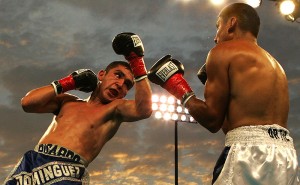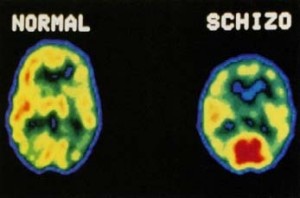Have you ever felt so thirsty on a hot summer day, you’ve chugged an ice cold drink or a Slurpee to quench your thirst? To your surprise, you must have felt a sense of pain instead of relief from your thirst. This pain phenomenon is known as a brain freeze. Although the pain is experienced in the head, the source of the pain occurs in the mouth.
A brain freeze occurs when one comsumes an ice-cold substance quickly. When ice cream or a Slurpee comes in contact with the roof of the mouth, a collection of nerves called the “sphenopalatine ganglion” experiences a drastic change in temperature. This causes the cerebral artery to dilate therefore allowing more blood to flow into the brain leaving you with the pain of a headache. As soon as the roof of the mouth warms up to normal a temperature, the pain from the brain freeze disappears.
Researchers at Harvard Medical School investigated the phenomena of brain freeze. They observed the relationship between cerebral blood flow and brain freeze by using a transcranial Doppler imager. In their experiment, one group of observed patients drank iced water while the other (control) group drank tepid water. The researchers found that sudden increases in blood flow to the brain cause pain because of the added pressure inside the skull.
No one knows the real reason why brain freezes occur. However, it has been suggested that the phenomenon is part of the brain’s defence system. The brain is sensitive to drastic changes in temperature. Therefore, it is possible that the anterior cerebral artery dilates to move warm blood inside the tissue and make sure the brain stays warm. Although this theory is not confirmed, it is likely a possible answer.
A youtube video of two guys having a Slurpee drinking competition by kezmanandchaps via www.youtube.com
A brain freeze can be avoided by consuming cold substances slowly or by leaving it in the mouth long enough for the roof of the mouth to become used to the temperature. If you already have a brain freeze, there are a few things you can do to get rid of it more quickly: you can press your tongue against the roof of your mouth to warm it up, or you can drink something warm. With summer just around the corner, make sure to remember these tips in case you run into the unfortunate situation of experiencing a brain freeze from quenching your thirst on a hot summer day!

















